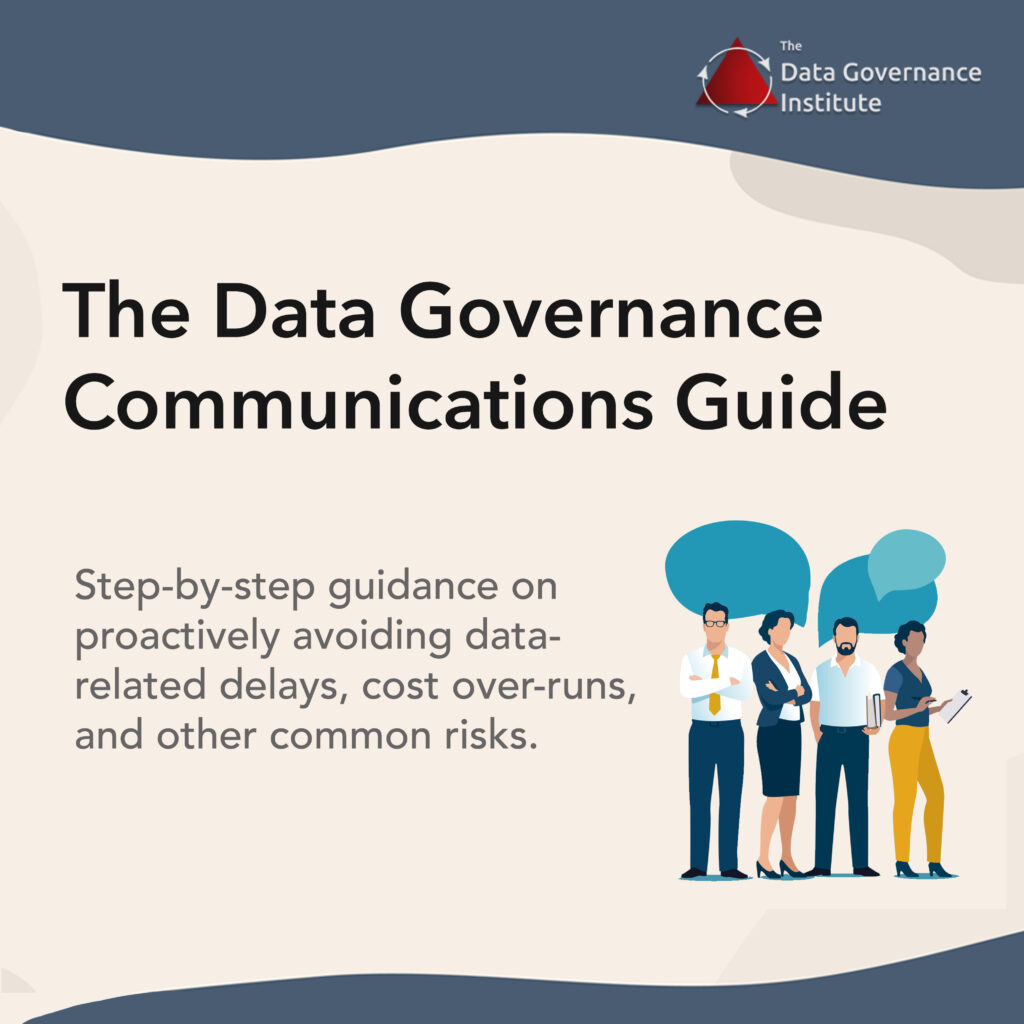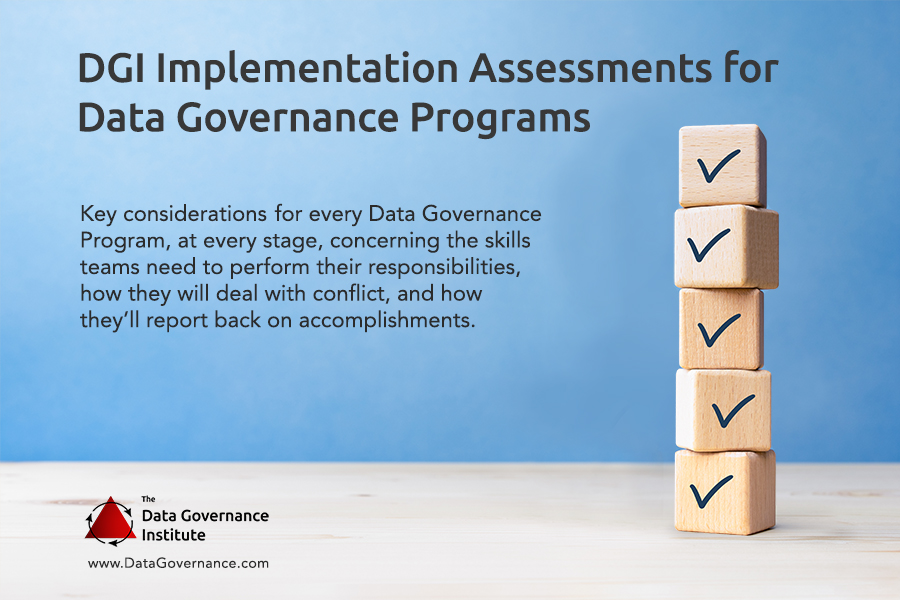It seems like there are two types of Data Governance and Stewardship programs:
- Thriving ones, with highly-engaged stakeholders, and
- Ones whose futures are in question, since stakeholders and stewards are only sporadically involved or give only weak support to the program.

“How can I make my stewards come to council meetings?” I’m sometimes asked, and my truthful reply is that you can’t – at least not in a sustainable fashion.
But you can convince them to participate. Here’s how.
1. Choose the right model for introducing your program.
- The “Call to Action” model – Participants are asked to address an urgent objective, with the vocal support of leadership.
- The “Influence the Influencer” model – Data Governance leaders only involve a few influential stakeholders initially, and then grow the program with their help.
- The “Tom Sawyer” model – Data Governance participants begin by performing data-related tasks which deliver such value (and are so rewarding to perform) that others across the organization ask to take part and share the work.
- The “Fait Accompli” model – Individuals are guided through a series of activities. Once the work is successfully completed, participants are informed that they have been “doing” governance or stewardship.
- The “Organic Growth” model – Stewardship activities are positioned as natural extensions to other tasks.
2. Demonstrate “what’s in it for them.”
Once potential Data Stewards get through their first council meeting, you should expect them to question whether they should continue to participate. You should have an answer ready for them – and repeat the message at every meeting.
Even participants who believe Data Governance and Stewardship is good to the enterprise will question whether their group needs to participate and whether they personally need to. Sometimes the answer is “no” or “just sometimes.” If this is the case, acknowledge it. On the other hand, if you feel its’ important for someone to participate all the time, you should develop and communicate a strong value proposition for their participation. Some of those arguments will no doubt focus on the benefits to the enterprise, but be sure you also have clear statements of the benefits to them.
3. Don’t waste anyone’s time.
Don’t hold meetings just for the sake of having meetings. Remember that your participants may be very in-demand. If you don’t have decisions to make or impacts to consider or other important work, consider canceling your meeting. If you know that only a few members will care about certain topics, then consider forming working groups that meet more often than the full council.
4. Remind participants of their accomplishments.
At every meeting, clearly describe what the group is there to accomplish. Remind participants why this can’t be successfully managed any other way. At the end of a meeting, list the day’s accomplishments (decisions made, cross-functional impacts assessed, assumptions turned into actionable knowledge, etc.). Congratulate your participants.
5. Publicize your accomplishments.
Make sure that your participants’ peers and superiors lean what you’re doing and what you’re accomplished. Capture metrics, but – even more importantly – build stories. Did your group keep the organization from a mistake? That’s a win. Help a data stakeholder increase revenue? Win. Are you on the critical path for achieving compliance? Value delivered. Share knowledge that would help managers make better decision? Tell them.



